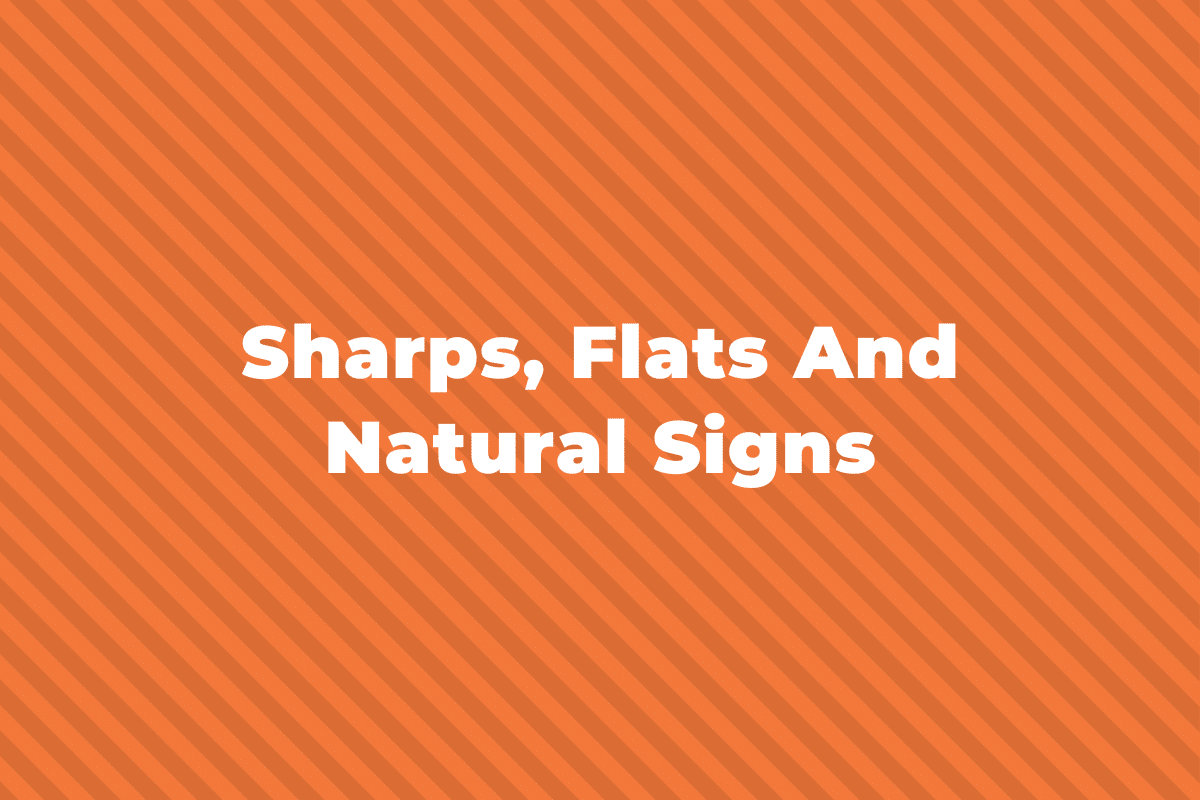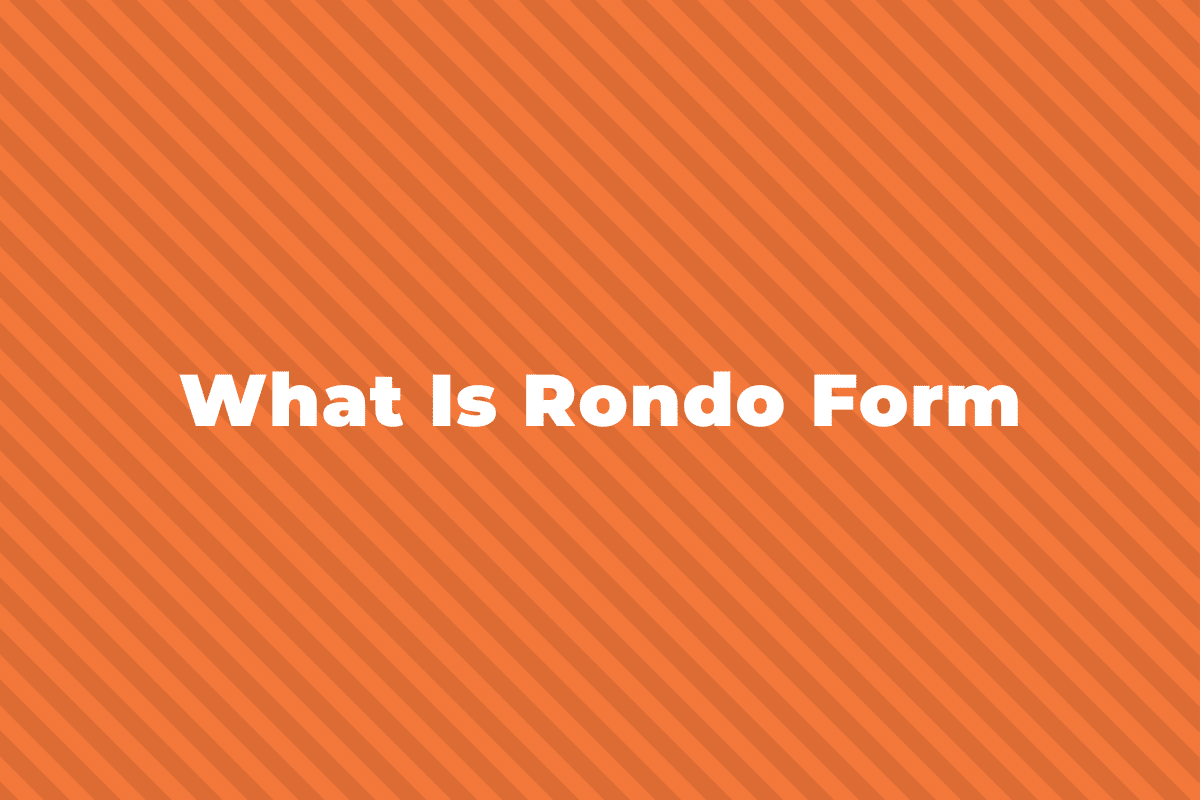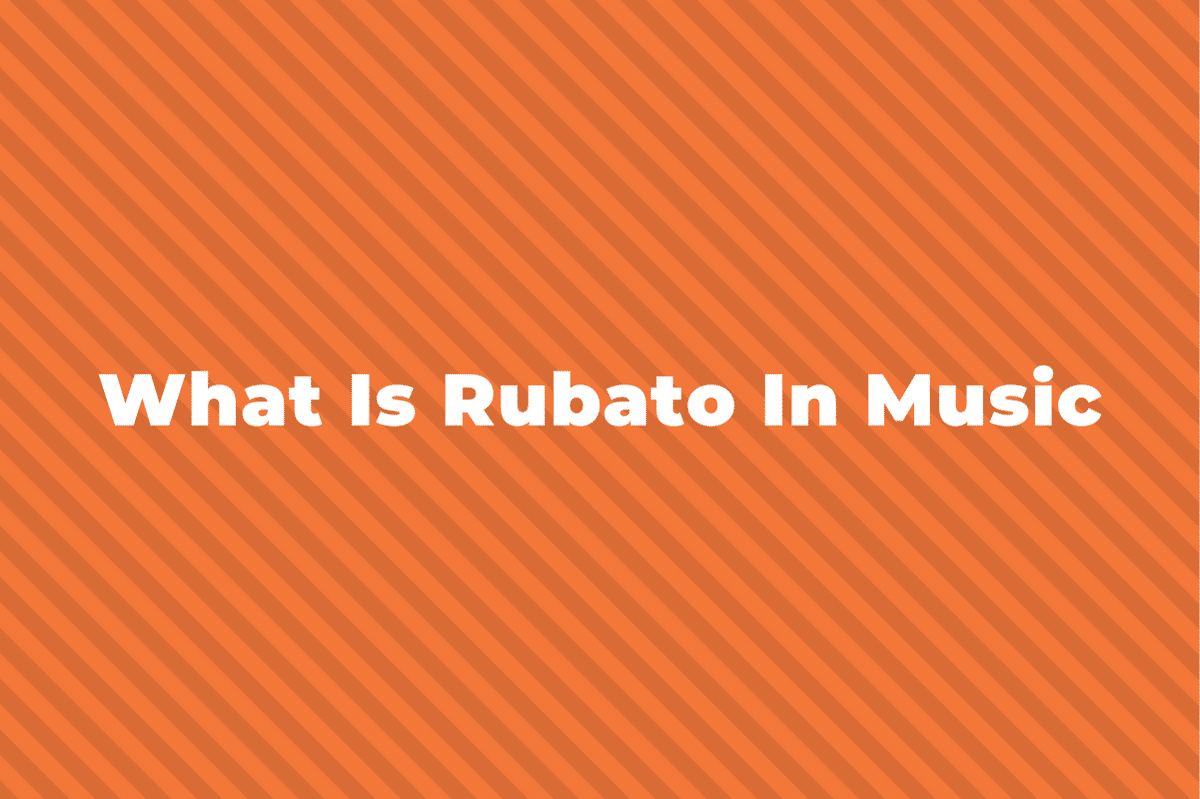If you have ever played or listened to Jazz music, you’ve most likely heard the Bebop Scale in use. It is the most popular scale to use in Jazz when improvising and is named the Bebop scale because it originated in the era of Bebop Jazz music.
So, let’s take a look at the bebop scale! But first, we have to recall just what exactly a scale is?
What is a Scale?

A scale is a specific set of notes that are arranged either going up (ascending) or going down (descending) by their pitch, one step at a time.
This means in an ascending scale, the next note always has to be one step higher than the previous note, and vice versa for a descending scale.
Most scales (like major and minor) are heptatonic, meaning they have seven notes (the 8th note is a repeat of the 1st note, only an octave different).
What Is The Bebop Scale?

The bebop scale is derived from the major and minor scales, and because of this, there is not necessarily only one specific scale that we can dub the bebop scale.
What this scale does is basically it adds an extra note in an already created scale.
This extra note is a chromatic passing tone that takes a whole step from one of the scales above and inserts a note in the middle of it, creating two half steps.
This makes the bebop scale an octatonic scale which means it has eight notes.
Five Types of Bebop Scale
There are five types of bebop scales, and each one is derived from a previous scale and simply adds a chromatic passing tone between two notes separated by a whole step.
The five types of bebop scales are:
- The major bebop scale
- The dorian bebop scale
- The melodic minor bebop scale
- The harmonic minor bebop scale
- The dominant bebop scale
Now we’ll take a look at each of these types of bebop scales and what the differences are.
The Major Bebop Scale
First, let’s take a look at the C major scale as an example.

To turn a major scale into a major bebop scale we have to add a chromatic passing tone.
In the major bebop scale, we add the chromatic passing tone in between the G and the A (the 5th and 6th scale degrees), a G# as shown by the asterisk below.

The Dorian Bebop Scale
The Dorian bebop scale comes from a scale called the Dorian mode. In the Dorian scale, we flatten the 3rd and 7th notes of the scale.

But to make a Dorian bebop scale we add an E natural passing tone between the 3rd and 4th scale degrees as shown by the asterisk.

The Melodic Minor Bebop Scale
Next, we have the melodic minor bebop scale which comes from the melodic minor scale.
In the melodic minor scale, we flatten just the 3rd note of the scale by a semitone.

But again, to make this scale a bebop scale we add a G# passing tone which is placed between the 5th and 6th scale degrees as shown by the asterisk.

The Harmonic Minor Bebop Scale
Now we’ll look at the harmonic minor bebop scale which is based on, you guessed it, the harmonic minor scale.
In a harmonic minor scale, we flatten the 3rd and 6th degrees of scale by a semitone.

But to make this a c harmonic minor bebop scale, we add a Bb chromatic passing note which is between the 6th and 7th scale degrees as shown by the asterisk.

The Dominant Bebop Scale
As we’ve covered above, there is not one bebop scale.
But if there was going to be only one or you were asked to play “the bebop scale”, then you would probably play a dominant bebop scale.
It is the most popular bebop scale and the most well-known.
The dominant bebop scale is based on the dominant scale which is another name for the Mixolydian mode which has a flattened 7th note.

To make it a C dominant bebop scale though we add a B natural chromatic passing note in between the 7th and 8th scale degrees as shown by the asterisk.

These are the five main scales you would use when playing bebop.
Which Bebop Scale Should you Use?
Because there are five different types of bebop scale, a common question is which one should you use?
The answer depends on the chords that you are playing over at the time.
For example, if you see a ii – V7 – I chord progression, those chords are minor – dominant – major.
Therefore, you would play the bebop minor scale (the Dorian one most likely) over the minor chord, then the dominant scale over the dominant chord, and finally the bebop major scale over the major chord.
What does “Bebop” mean?
The term bebop, sometimes called bop, is referring to a specific style of jazz music that was created in the USA in the 1940s.
The name most likely comes from nonsense syllables that jazz singers would sing in what is called scat singing when singers would improvise rhythms and melodies and make up words.
Here is an example of Ella Fitzgerald, one of the masters of scat singing.
Bebop is a style of jazz that is very easy to recognize.
Bebop songs are incredibly fast, with lots of fast-moving chord changes and complex progressions.
The musicians who would play bebop are considered some of the most technically skilled musicians in the world because of the sheer speed and amount of notes they play.
Pieces and improvisational solos are usually created around bebop scales and the harmonic structure is strict and rigidly followed.
This is a stark contrast to the modal jazz of Miles Davis and John Coltrane, which is slow and very loosely organized.
The most influential bebop musician was probably Charlie Parker.
He was an alto sax player, and was one of the pioneers of the style.
As an alto sax player myself, he was always my favorite musician, and my favorite piece of his is “Anthropology”. Just listen to how incredibly fast they all play!
Here it is slowed down and with sheet music, so you can understand how fast the notes and chord changes are:
Also check out “Confirmation”, “Donna Lee”, “Scrapple from the Apple”, and “Ornithology” by Charlie Parker as well.
You can essentially learn bebop by listening to only him.
Other famous bebop musicians are trumpet player Dizzy Gillespie (who co-wrote “Anthropology”), piano player Bud Powell, saxophonists Sonny Rollins and Dexter Gordon, and many others.
Dizzy Gillespie wrote the bebop piece “A Night in Tunisia”, one of the most famous pieces of all of jazz.
Bud Powell is best known for his song “Bouncing With Bud”.
Dexter Gordon is most famous for playing with Charlie Parker’s and Dizzy Gillespie’s bands, but he also wrote music as well, like his piece “Lady Bird”.
And Sonny Rollins wrote the piece “Oleo”, which is also one of my favorites and a Jazz standard all across the world.
Summing Up The Bebop Scale
The bebop scale is one of the more unique scales in music.
Because it has that extra chromatic passing tone, it is one of the few octatonic (8 tones) scales.
There are multiple different kinds of bebop scales, depending on the chords you’re playing with.
Bebop is a style of jazz that developed in the 1940s, and it has a unique and easily-recognized style.
It is one of the hardest styles to play, and if you are a sax player it’s usually what you’re asked to play to prove your ability.



